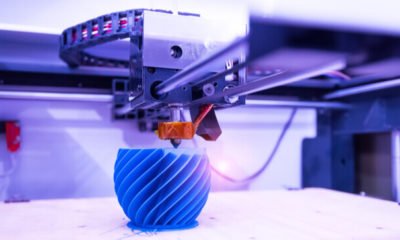
Typical black and white X-rays can take a big step to the left to make room for full color, three dimensional X-rays. Yes, it is really creepy.
New Zealand-based company, MARS Bioimaging, has developed the world’s first full-color, 3D X-rays. They look so real that it is somewhat freaky.
Created over 10 years ago by father and son researchers, Phil Butler and Anthony Butler, in a joint effort with the University of Canterbury and the University of Otago, the MARS framework is a restorative scanner that uses some innovation created at the European Organization for Nuclear Research, known as CERN.
The new 3D X-rays could be more exact than the typical versions that you see a specialist’s office these days.
In a statement published by CERN, Phil Butler, said, “This technology sets the machine apart diagnostically because its small pixels and accurate energy resolution mean that this new imaging tool is able to get images that no other imaging tool can achieve.”
The conventional way to deal with imaging the internal parts of a patient includes shooting them with x-rays. This electromagnetic radiation has a shorter wavelength than obvious light, so it can easily without go through delicate tissue. At the same time, it experiences more difficulty going through harder materials such as bones.
On the opposite side of your body, a sensor, or film, delivers a full picture in complete view of the of the x-rays, subsequently uncovering what’s inside you.
Anthony Butler said in the statement, “In all of these studies, promising early results suggest that when spectral imaging is routinely used in clinics it will enable more accurate diagnosis and personalization of treatment.”
While a specialist is analyzing pictures of your arm, searching for any indications of an injury after a frightful fall, he or she could likewise search for other possibly perilous medical conditions that won’t be evident in common x-rays. Actually, smaller test adaptations of this new scanner are being used to discover tumors, and analyze bone and joint wellbeing in patients. The innovation will be valuable in other restorative health fields as well.
It will take some time before the new Spectral CT scanner gets the clearances that it needs to operate in health care offices globally, but it is definitely on track to be used as part of several healing facilities and centers.
Clinical preliminaries will be in progress in New Zealand over the next few months.








